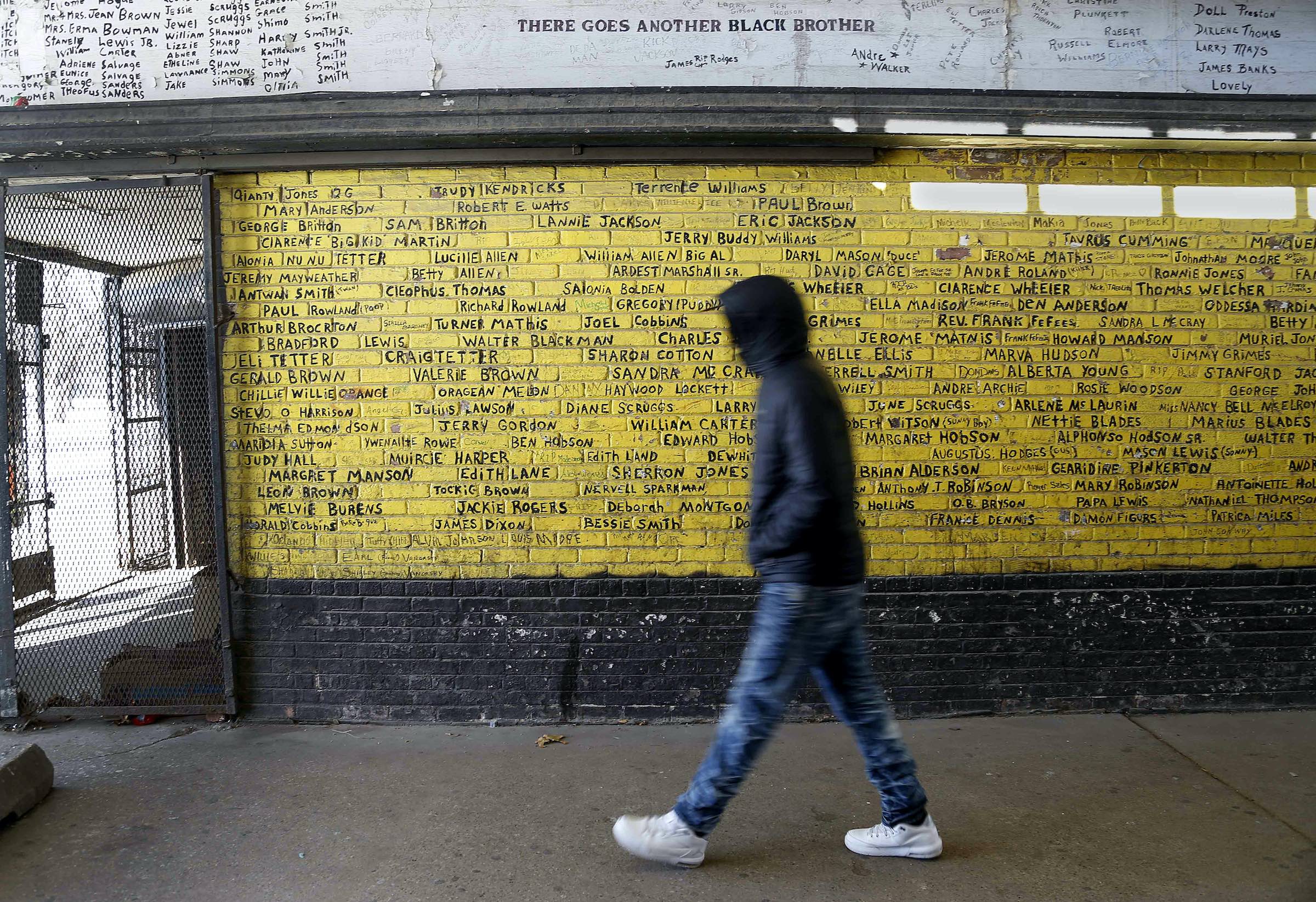What To Know Today
NEW from THE TRACE: The real significance of the SCOTUS gun decision. The Bruen ruling to strike down a portion of New York State’s gun licensing law immediately imperiled restrictive public carry regulations in at least six states. But constitutional law experts say the most significant long-term effects will come from a new test the high court established. Until now, lower courts have fashioned their own “two-step test” through which to run Second Amendment challenges, and that has meant considering a local government’s justifications for enacting a gun regulation — for instance, public safety concerns — alongside looking at a law’s history. The Bruen decision instructs lower courts to only look at history and tradition, and that test is opening the door to a massive reevaluation of gun restrictions. “The law is now unsettled,” said Frederick Vars, a professor at the University of Alabama School of Law. “It is going to be a lot harder to justify approaches to gun regulation that are new.” Chip Brownlee has more here.
States continue to make adjustments to gun policies after Bruen. Maryland is one of several states immediately affected by the SCOTUS case. Governor Larry Hogan made that official in issuing an order to change the state’s discretionary “may-issue” scheme to a “shall-issue” one where concealed carry permits are granted if the gun owner meets legal criteria. The change has coincided with a flood of new applicants, with the Maryland State Police saying they received more than 5,300 first-time concealed carry applications since Bruen, versus just over 600 in the same nearly two-week period in 2021. Gun license-issuing authorities in Boston and Springfield, Massachusetts, also began lifting restrictions on existing permits after guidance from state officials, whereas before they regularly denied applicants who failed to provide a “good reason” for carrying. The Boston Globe reports the change could affect up to 20,000 people.
The link between lower gun violence and better public health outcomes. Chicago communities with the greatest drop in violent crime had the largest declines in cardiovascular mortality, according to a new study led by researchers at the University of Pennsylvania that looked at 77 community areas in the city from 2000 to 2014. They found that a 1 percent decline in violent crime rates was associated with a .21 percent decline in cardiovascular mortality rates and a 0.19 percent decline in coronary artery disease mortality rates. The link was observed independent of changes in economic or socio-demographic factors. “It’s important to acknowledge the impact of the built environment on health,” said lead study author Lauren Eberly. “We suspect that these results are likely reflective of many other large urban cities across the country.”
NYC’s program for nonpolice response has handled only a small share of 911 mental health calls. Like many other cities and states, the city rolled out a pilot program to try to reduce police-civilian interactions for people experiencing a mental health crisis. NYC’s program, which debuted in Harlem last June and has since expanded to other parts of the city, sends EMT and social workers with experience in de-escalating interactions with people in crisis. But the THE CITY found that the units were handling a small — and declining share — of mental health calls. From January through March, the new non-police response teams handled 16 percent of mental health calls in their areas of operation, compared to 84 percent for the NYPD. “I’m incredibly disappointed in the trend and my question is, why is the city expanding this program when it is clearly not meeting its stated objective?” one mental health support advocate told the outlet.
Data Point
104 — the number of political ads from Republican candidates this election cycle featuring or displaying firearms and other weapons, according to an analysis by the Center for American Progress Action Fund, a left-leaning policy and advocacy organization. About a quarter feature some kind of veiled or explicit threat against an ideological foe. [CAP Action]

